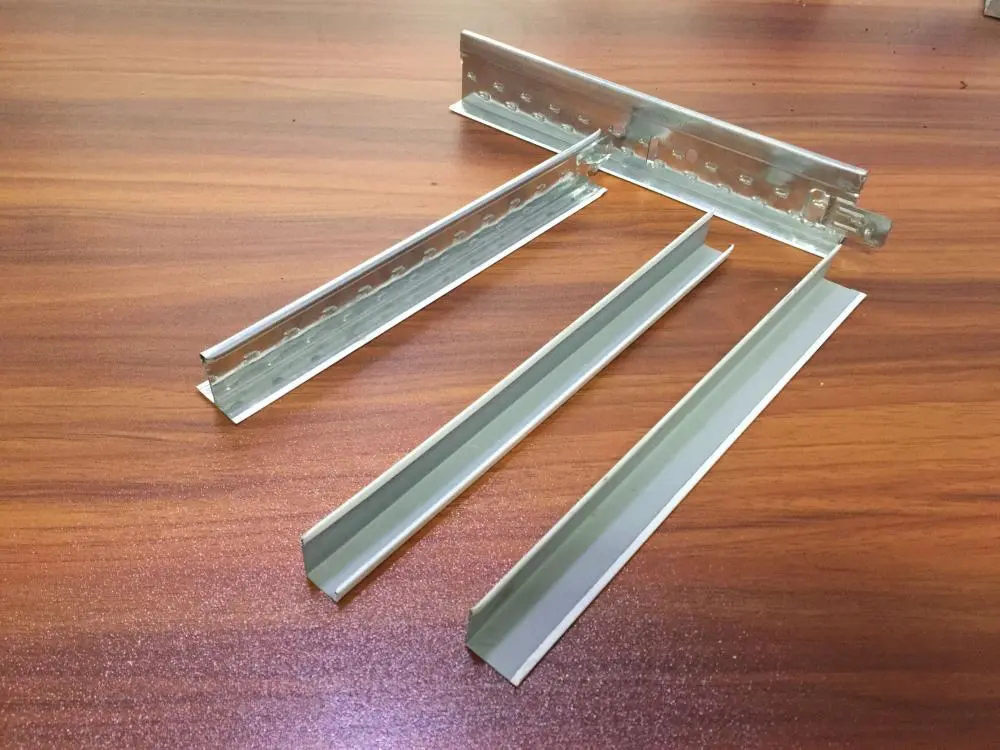
The Lip Channel Roll Forming Machine An Overview
The lip channel roll forming machine is a crucial piece of equipment in the manufacturing process for various metal components, particularly in construction and industrial applications. This machine is designed to produce lip channels, which are essential for structural support, framing, and other applications where durability and strength are paramount. Understanding the functionality, benefits, and applications of lip channel roll forming machines is essential for industry professionals.
Functionality of the Lip Channel Roll Forming Machine
The lip channel roll forming machine operates through a continuous process that transforms flat metal sheets into shaped profiles. The process begins with feeding a coil of metal, typically steel or aluminum, into the machine. Throughout the forming process, the metal passes through a series of rollers. Each roller gradually bends the metal into the desired shape, which generally features a lip for added strength and structural integrity.
The design of the roller tooling is fundamental to the machine’s operation. Each roller is specifically engineered to create precise bends and angles, ensuring consistency in the final product. The machine often includes additional functions such as cutting, punching, and notching, allowing manufacturers to produce complex profiles without the need for extensive manual intervention.
Advantages of Lip Channel Roll Forming Machines
1. Efficiency and Speed One of the most significant advantages of lip channel roll forming machines is their ability to produce large quantities of profiles in a relatively short time. The continuous rolling process minimizes downtime and allows for high-speed production, making it ideal for companies looking to meet large orders.
2. Material Waste Reduction Roll forming is a highly efficient process that minimizes material wastage. Unlike other manufacturing methods that may involve cutting or machining, roll forming shapes the material without removing substantial amounts of metal. This efficiency can lead to cost savings over time, making roll forming an attractive option for manufacturers.

3. Versatility Lip channel roll forming machines can be customized to produce a wide range of profiles, accommodating different sizes, shapes, and thicknesses of metal. This versatility enables manufacturers to cater to various industries, from construction to automotive, without the need for multiple machines.
4. Consistent Quality The automated process of roll forming ensures a high level of precision, resulting in consistent quality across all produced parts. This reliability is crucial for structural applications where dimensional accuracy and integrity are critical.
5. Lower Labor Costs With the automation and efficiency of roll forming machines, labor costs can be significantly reduced. Fewer workers are needed to operate the machinery, and the automation of processes minimizes the potential for human error.
Applications of Lip Channel Roll Forming Machines
Lip channel profiles produced by these machines have a wide range of applications. They are commonly used in
- Construction Lip channels are utilized in various structural components such as framing, supports, and bracing, providing essential strength and reliability. - Automotive In the automotive sector, lip channels are used in the manufacturing of chassis components and body frames, where durability under stress is imperative. - Manufacturing Industrial applications often require custom profiles for machinery and equipment support, which can be easily achieved through roll forming. - HVAC Lip channels are also used in HVAC systems to support ductwork and facilitate the installation of heating and cooling units.
Conclusion
In summary, the lip channel roll forming machine is an indispensable tool in modern manufacturing. Its efficiency, versatility, and ability to produce high-quality components make it a preferred choice for industries requiring strong and reliable metal profiles. As technology advances, the capabilities of these machines will continue to improve, further enhancing their importance in industrial applications around the world. Understanding and utilizing these machines can provide manufacturers with significant competitive advantages in their respective markets.